A Late Bronze/Early Iron Age nomadic site (KR 385) in the Bakhtiari Highlands, south-west Iran
Introduction
Since the 1930s, numerous cemeteries dating from the Chalcolithic through to the Iron Age have been discovered and excavated in the Zagros Mountains of western Iran (e.g. Vanden Berghe 1976; Schmidt et al. 1989). As the region has long been inhabited by nomadic pastoralists, archaeologists ascribed these cemeteries to ancient nomadic populations, and recent work has emphasised the role of these peoples in socio-political developments in the Zagros (e.g. Zagarell 1982; Alizadeh 2006). During the last decade, new fieldwork projects have been conducted at several sites in the Zagros that corroborate the proposition regarding the prevalence of a nomadic way of life in this region from at least the fifth millennium BC (e.g. Esmaiili Jelodar 2008; Shirazi et al. 2015). One of the main areas in which such nomadic sites have been excavated over the last decade is Kouhrang, in the heart of the Bakhtiari highlands in the south-central Zagros. This area forms the traditional summer encampment of the Bakhtiari nomads (with autumn and winter spent in lowland Khuzestan in south-west Iran).
This article discusses one of the 11 nomadic sites that have been excavated during a rescue project behind Kouhrang Dam 3. The first season of salvage excavations in 2008 focused on five sites behind the dam, revealing evidence of the nomadic activities spanning from the fifth millennium BC to the mid-Islamic period (Esmaiili Jelodar 2008). The second phase of fieldwork was directed by the author in December 2013, during which a further six sites were excavated (Figure 1; Azadi 2014).
Site KR 385
The site under consideration was located during survey work and catalogued as KR 385. It was initially interpreted as a group of stone-heap graves of the historical period (Roustaei 2010). The site, located at 2260m asl, covers c. 500m2 on a conglomerate terrace of the Biregan River, on which the dam is under construction (Figure 2). Two trenches were excavated on the higher part of the site, where alignments of semi-buried boulders had been interpreted as the remains of ancient structures. Trench 1, measuring 5 × 5m, revealed no traces of any archaeological features or deposits. Trench 2 was opened at the highest part of the site, some 25m to the east of trench 1. It was initially 2 × 2m in size but enlarged to 5 × 7m as more architectural remains were revealed. The structures, located just below the surface, consisted of partially preserved stone walls, up to 0.35m in height, of unmortared river cobbles and boulders (Figure 3). The exposed walls, 0.3–0.5m in width, intersect to form at least three spaces within the trench. No traces of mudbrick or roofing material were detected, but thin, ashy deposits within these architectural spaces were scattered with sherds of pottery and splinters of animal bone (Figure 4).
During the course of the fieldwork, clandestine digging some 15m south of trench 1 partly destroyed two graves located nearly 2m below the gravel debris on the slope (Figure 2). Consequently, a new 5 × 7m trench was excavated (trench 3) to investigate the illegally dug pits and to uncover the burials fully. The two burials were identical: interred in a flexed position, accompanied by similar pottery vessels and each interred with an animal, perhaps a young goat, placed near the knees. The graves were simple pits dug into the loose slope debris of the conglomerate terrace. The close similarities between the ceramic vessels from the settlement (trench 2) and those of the burials (trench 3) strongly suggest that these two areas were in contemporaneous use (Figure 5).
Each burial produced seven plain and painted pottery vessels that are almost identical, both in their forms and decorative motifs. In total, nine metal objects (six bronze and three iron) were also recovered (Figure 6). These include a decorative pendant/seal, an arrowhead, a pin and a bead. Ceramic comparisons with excavated assemblages from the Central Zagros (e.g. Young & Levine 1974: figs 47.9 & 49.4; Goff 1976: fig. 10.15) suggest a Late Bronze/Early Iron Age date for KR 385.
Conclusion
The small size of the site, its elevation, its position (on a gravel terrace) and the nature of its archaeological deposits—as well as the absence of any mounded sites indicative of permanent, year-round occupation within a 30km radius—leave no doubt that KR 385 represents a high-altitude site occupied by seasonal pastoralists. As such, it presents a rare example of the archaeological excavation of a Late Bronze/Early Iron Age nomadic site in the Zagros Mountains.
Acknowledgements
I would like to thank Kourosh Roustaei for his instructive comments on initial drafts of the paper, and Mojgan Riahi, then the head of Cultural Heritage Office of Chahar Mahal-o-Bakhtiari Province, for her encouragement and support.
References
- ALIZADEH, A. 2006. The origins of state organizations in prehistoric highland Fars, southern Iran: excavations at Tall-e Bakun (Oriental Institute Publications 128). Chicago (IL): Oriental Institute of the University of Chicago.
- AZADI, A. 2014. Report of the rescue excavations at Kouhrang Dam 3 sites. Report prepared for the Iranian Center for Archaeological Research, Tehran.
- ESMAIILI JELODAR, M.E. 2008. A report on the first season of rescue excavations behind the Kouhrang 3 Dam. Report prepared for the Iranian Center for Archaeological Research.
- GOFF, C. 1976. Excavations at Babajan: the Bronze Age occupation. Iran 14: 19–40.
- ROUSTAEI, K. 2010. Report of the third season of archaeological survey in the Kouhrang area, Central District. Report prepared for the Iranian Center for Archaeological Research, Tehran.
- SCHMIDT, E.F., M.N. VAN LOON & H.H. CURVERS. 1989. The Holmes expeditions to Luristan (Volume I: text. Oriental Institute Publications 108). Chicago (IL): Oriental Institute of the University of Chicago.
- SHIRAZI, R., A.A. NOROUZI, M. HEIDARY & K. AHMADI KHOEI. 2015. New evidence of nomadic Chalcolithic campsites in the Highland Zagros, Iran: Saki Abad. Antiquity 344, Project Gallery. Available at: http://antiquity.ac.uk/projgall/shirazi344 (accessed 24 September 2015).
- VANDEN BERGHE, L. 1976. Mission archéologique dans le Pošt-e Kūh Lorestān, la nécropole de Čamahzī-Mumah. Proceedings of the 4th Annual Symposium on Archaeological Research in Iran, 1975, Tehran 1976: 337–67. Tehran: Iranian Center for Archaeological Research.
- YOUNG, T.C. & L.D. LEVINE. 1974. Excavations of the Godin Project: second progress report (Art and Archaeology Occasional Papers 26). Toronto: Royal Ontario Museum.
- ZAGARELL, A. 1982. The prehistory of northeast Bakhtyari Mountains, Iran: the rise of a highland way of life. Wiesbaden: Ludwig Riechert.
Author
- Ahmad Azadi
Iranian Center for Archaeological Research, Siye Tir Street, Imam Khomeini Avenue, Tehran 1136917111, Iran (Email: aliazadi52@yahoo.com)

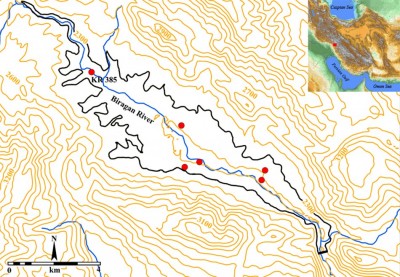
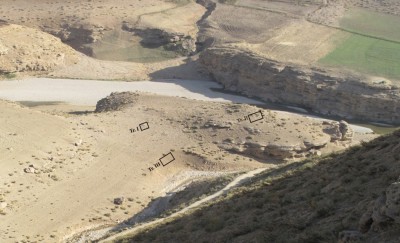
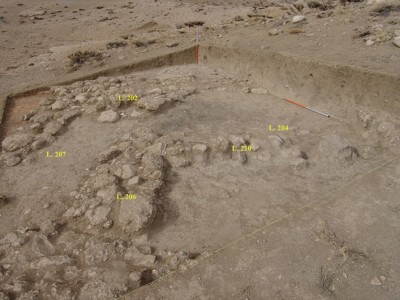
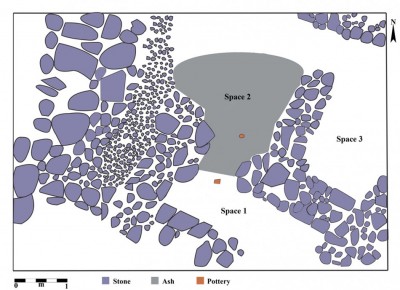
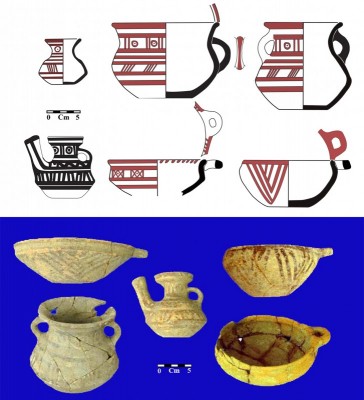
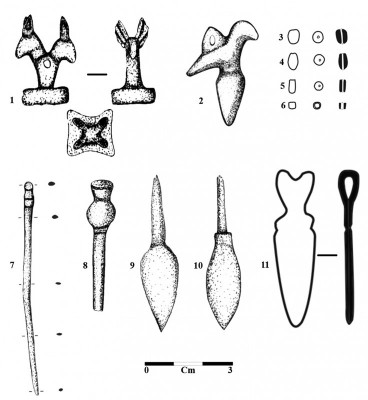
 Cite this article
Cite this article